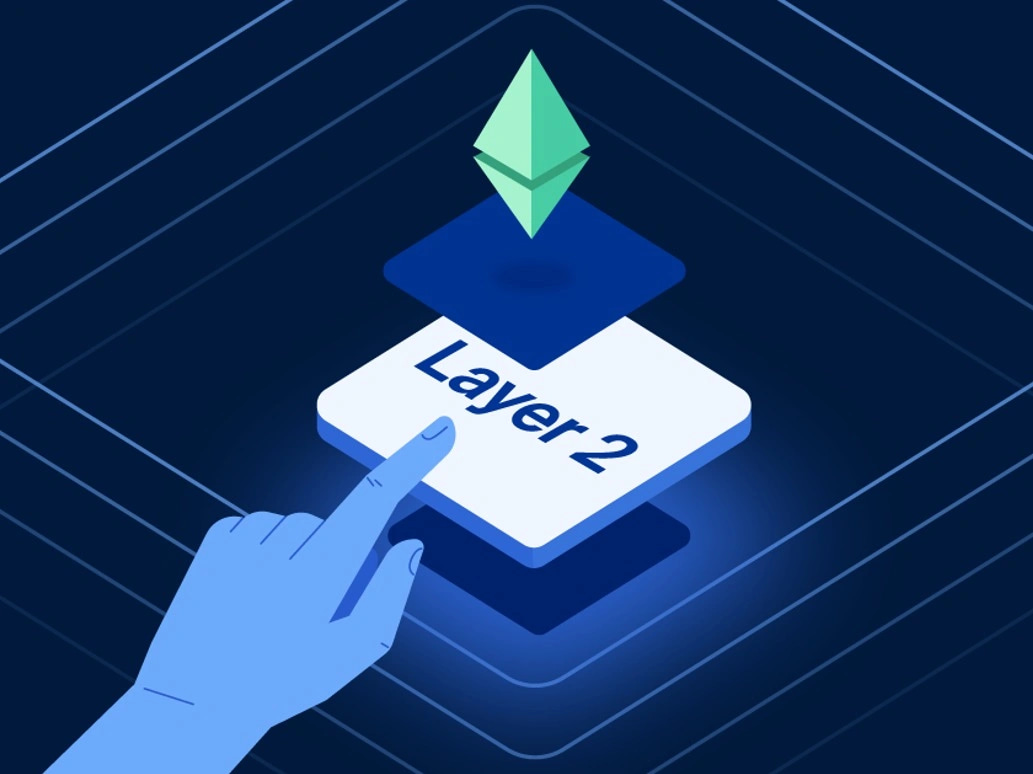Key Takeaways
- Tokenomics determine how play-to-earn (P2E) games distribute, sustain, and grow their in-game rewards.
- Strong token models balance player incentives with long-term economic stability.
- Poorly designed tokenomics can lead to inflation, weak demand, and unsustainable reward structures.
How Tokenomics Shape Play-to-Earn Gaming Rewards
In 2025, play-to-earn gaming continues to evolve from a speculative trend into a structured digital economy. At the center of that transformation is tokenomics—the economic framework that dictates how tokens are created, distributed, and used within a game’s ecosystem. For players and developers alike, tokenomics is no longer just a technical detail but the determining factor behind sustainable rewards, player loyalty, and long-term platform growth.
Why Tokenomics Matters in Play-to-Earn Games
In most P2E ecosystems, tokens act as both incentives for gameplay and the backbone of the game’s internal economy. Without thoughtful tokenomics, rewards may initially attract players but eventually collapse under inflation or lack of demand.
A well-designed model considers how many tokens enter circulation, how players earn them, and what sinks exist to maintain value. If players can only earn and sell tokens with no meaningful in-game uses, the system becomes imbalanced—leading to sell-offs, price crashes, and diminished engagement. This is why tokenomics is now one of the first factors investors and gamers assess before joining a new project.
Reward Distribution and Player Incentives
A core function of tokenomics is determining how rewards are generated and distributed. Modern P2E games rely on dynamic reward emission systems, adjusting payout rates based on user activity, token supply, and market conditions. This prevents runaway inflation and helps maintain a stable reward environment.
Some advanced tokenomics models use:
- Variable emission schedules, where rewards decrease as the ecosystem matures.
- Skill-based earnings, encouraging long-term mastery rather than short-term farming.
- Staking and locking mechanisms, which reduce circulating supply while rewarding players for holding tokens.
These mechanisms help ensure that early players are rewarded without creating an imbalance that punishes future participants.
Token Utility and Value Stability
Utility is the second major pillar of tokenomics. P2E tokens must serve multiple purposes—whether to buy in-game assets, level up characters, craft items, or access exclusive content. The more utilities a token has, the stronger demand becomes, supporting stable long-term value.
To prevent tokens from becoming purely speculative assets, successful games introduce token sinks—activities that remove tokens from circulation. Examples include crafting fees, marketplace taxes, tournament entry payments, and character upgrades. By balancing inflows and outflows, tokenomics ensures that rewards remain valuable without requiring constant new player inflows.
Governance, Ownership, and Ecosystem Growth
Many P2E projects incorporate governance features, allowing players who hold certain tokens to vote on updates, economic changes, or game direction. This deepens engagement and creates community ownership—an important factor in driving sustainable growth.
Furthermore, cross-game token utility and interoperability are becoming more common in 2025. Shared ecosystems allow players to move assets across multiple titles, creating more robust demand and reducing reliance on a single game’s activity levels.
The Future of Tokenomics in P2E
As the industry matures, tokenomics is shifting from speculative reward models to balanced digital economies that prioritize longevity. Regulators and players are demanding transparency, predictable emissions, and responsible reward systems.
The next generation of P2E games will likely incorporate real-world asset tokenization, AI-driven reward balancing, and hybrid free-to-play models that blend entertainment with economic opportunity. The winners will be projects that treat tokenomics not as a marketing tool but as the foundational engine behind gameplay, engagement, and value.
Conclusion
Tokenomics is the defining force behind play-to-earn gaming rewards. It determines how players earn, how tokens hold value, and whether a game thrives or collapses in the long run. As the P2E industry transitions into a more mature and sustainable phase, well-designed tokenomics will remain the key to building resilient gaming economies that reward players fairly while ensuring long-term platform growth.
Disclaimer: The information in this article is for general purposes only and does not constitute financial advice. The author’s views are personal and may not reflect the views of GameDegen.com. Before making any investment decisions, you should always conduct your own research. GameDegen.com is not responsible for any financial losses.




